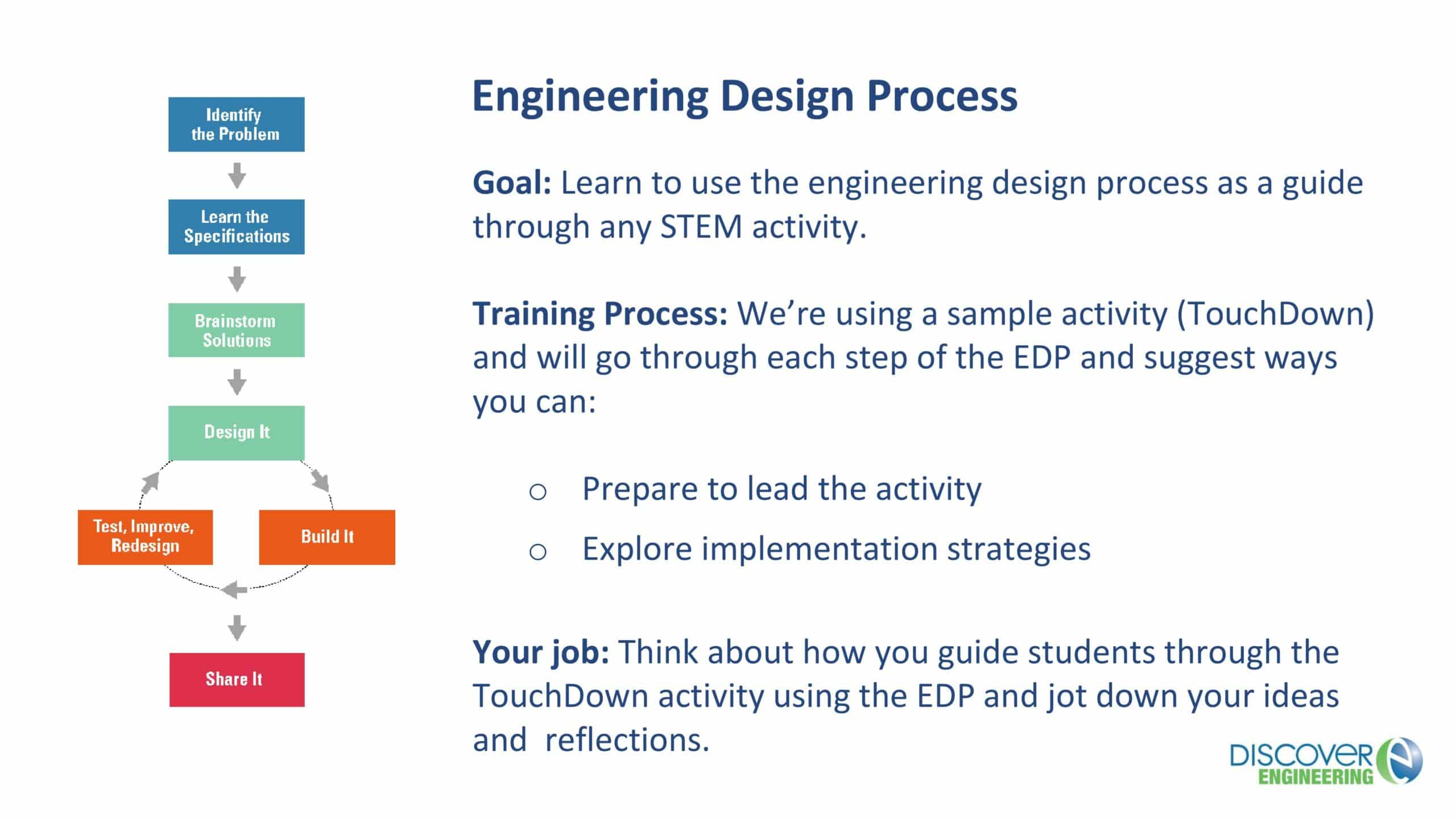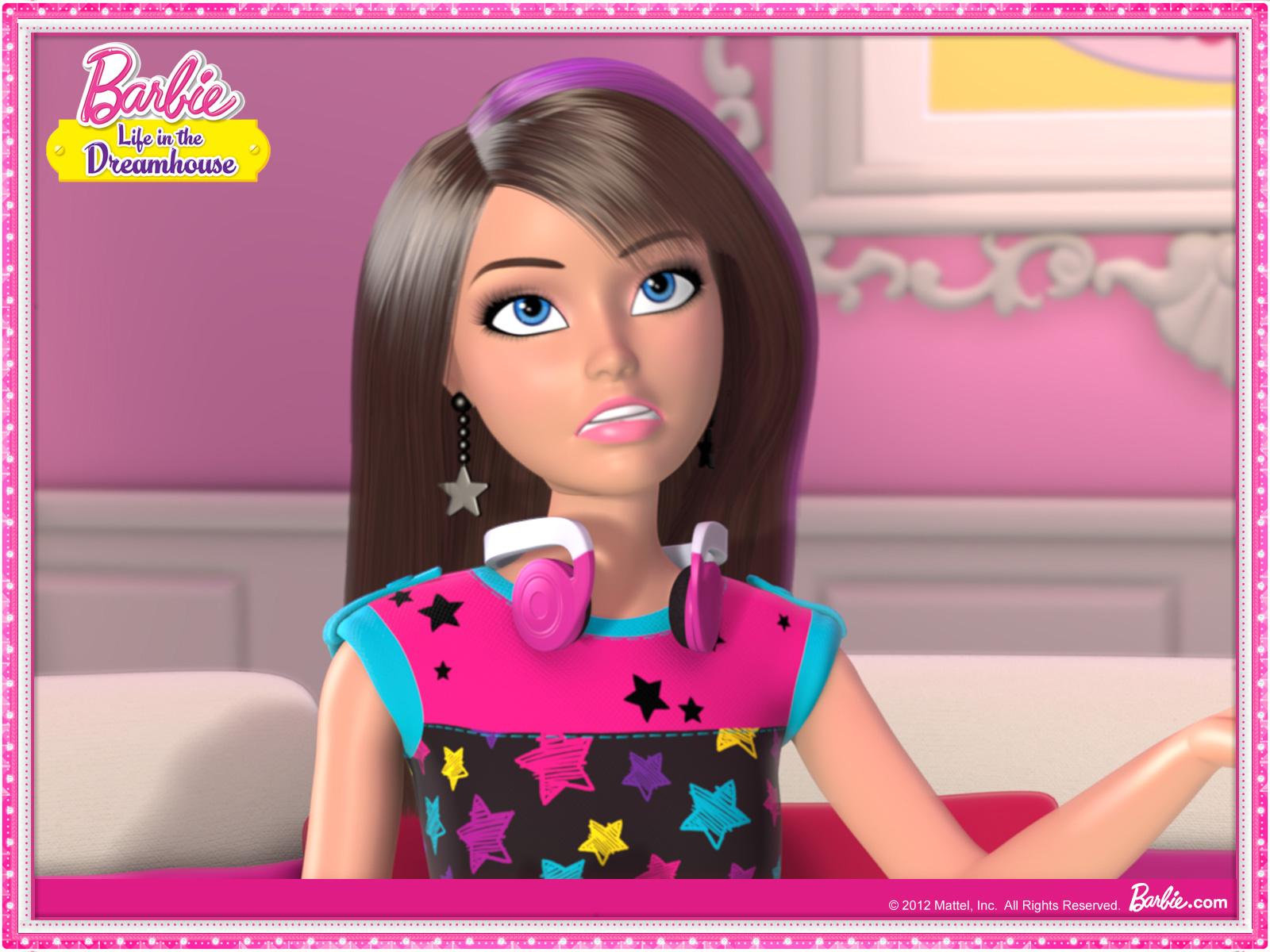Table Of Content

This project is open-ended with much potential for creativity and fun. In this hands-on activity, student groups design, build, test and improve devices to pump water as if they were engineers helping a rural village meet their drinking water supply. Students keep track of their materials costs, and calculate power and cost efficiencies of the prototype pumps. Students learn how engineers harness the energy of the wind to produce power by following the engineering design process as they prototype two types of wind turbines and test to see which works best. Students also learn how engineers decide where to place wind turbines, and the advantages and disadv...
How does the engineering design process differ in mechanical engineering?
Use the Investigating Questions to lead a class discussion about how to recognize the need and identify a target audience for a hypothetical engineering project. Fellow helps your team build great meeting habits through collaborative agendas, real-time notetaking, and time-saving templates. The next time you and your team are tasked with a project, follow our 11 steps to give yourself a high chance of success.
The EDP in action
Students apply their knowledge of scale and geometry to design wearables that would help people in their daily lives, perhaps for medical reasons or convenience. Like engineers, student teams follow the steps of the design process, to research the wearable technology field (watching online videos an... Working as if they were engineers, students design and construct model solar sails made of aluminum foil to move cardboard tube satellites through “space” on a string.
What is the Engineering Design Process?
The evaluation should take into account technical feasibility, economic viability, and market potential. In mechanical engineering, the design process involves a heavy emphasis on material selection, stress analysis, and the integration of mechanical components. It also typically requires extensive testing for safety and functionality.
A Look at Current and Future Design Automation Tools - Fusion Blog - Autodesk Redshift
A Look at Current and Future Design Automation Tools - Fusion Blog.
Posted: Tue, 15 Aug 2023 07:00:00 GMT [source]
Students design a temporary habitat for a future classroom pet—a hingeback tortoise. The students investigate hingeback tortoise habitat features as well as the design features of such a habitat. Each group communicates and presents this information to the rest of the class after they research, brai... Development involves the refinement and improvement of a solution, and it continues throughout the design process, often even after a product ships to customers. When worksheets are completed, lead a class discussion to explore students' responses to the worksheet questions. Ask each team to present their answers to one section of the worksheet.

Improve upon your existing prototype or design a new iteration of the prototype and test your product again. Repeat the testing and improvement process as many times as necessary to yield the best possible product. Draw up a product design to solve the problem while addressing constraints and potential issues that may arise during the build. This involves selecting the most promising ideas and assessing their feasibility.
Testing and Evaluation
As students learn about the creation of biodomes, they are introduced to the steps of the engineering design process, including guidelines for brainstorming. They learn how engineers are involved in the design and construction of biodomes and use brainstorming to come up with ideas for possible biod... The engineering design process is a series of steps that guides engineering teams as we solve problems. The design process is iterative, meaning that we repeat the steps as many times as needed, making improvements along the way as we learn from failure and uncover new design possibilities to arrive at great solutions.
Student groups are challenged to program robots with color sensors to follow a black line. Learning both the logic and skills behind programming robots for this challenge helps students improve their understanding of how robots "think" and widens their appreciation for the complexity involved in pro... Students learn how to use wind energy to combat gravity and create lift by creating their own tetrahedral kites capable of flying. They explore different tetrahedron kite designs, learning that the geometry of the tetrahedron shape lends itself well to kites and wings because of its advantageous str... Whether on Earth or in space, life-threatening illnesses may occur if the water we drink is of poor quality. It’s up to your students to design and build a filtration system for the International Space Station so they can guarantee astronauts get the safe and clean water they need.
Make improvements
To complete the Go Public phase of the legacy cycle, students demonstrate their understanding of how potential energy may be transferred into kinetic energy. Students use servos and flex sensors to make simple, one-jointed, finger robots. They use Arduino microcontrollers, create circuits and write code to read finger flexes and send angle info to servos. Students develop an app for an Android device that utilizes its built-in internal sensors, specifically the accelerometer.
A model consists of two layers of a medium separated by material acting as the membrane. Students apply their knowledge of constructing and programming LEGO® MINDSTORMS® robots to create sumobots—strong robots capable of pushing other robots out of a ring. To meet the challenge, groups follow the steps of the engineering design process and consider robot structure, weight and gear ratio...
Students learn how to control an Arduino servo wirelessly using a simple phone application, Bluetooth module and an Android phone. Students use Arduino microcontrollers and light-sensitive resistors (photocells) to sense the ambient light levels in a room and turn LEDs on and off based on those readings. They are challenged to personalize their basic night-lights with the use of more LEDs, if/else statements and voltage divider... Students are given a difficult challenge that requires they integrate what they have learned so far in the unit about wait blocks, loops and switches. They incorporate these tools into their programming of the LEGO® MINDSTORMS® robots to perform different tasks depending on input from a sound sensor...











